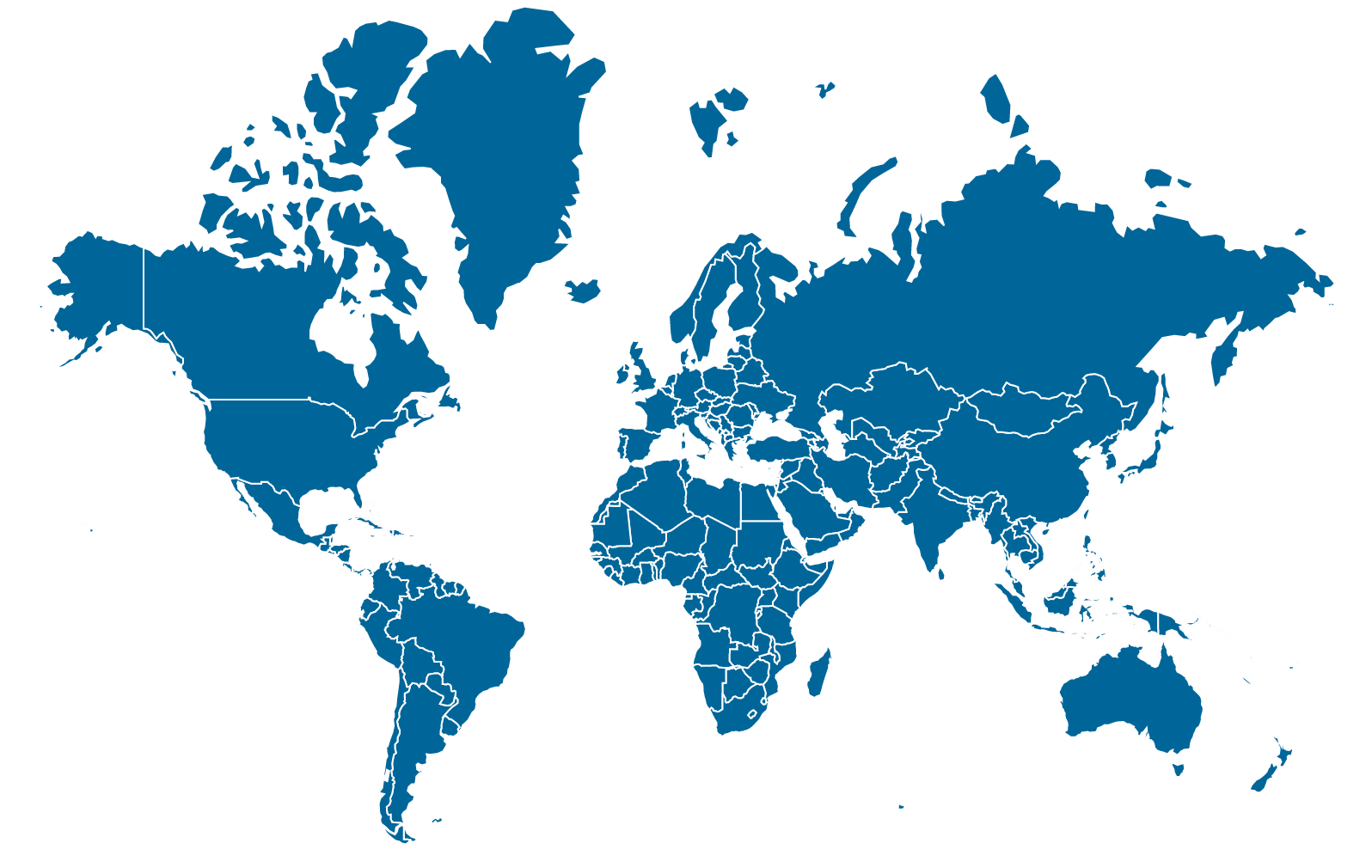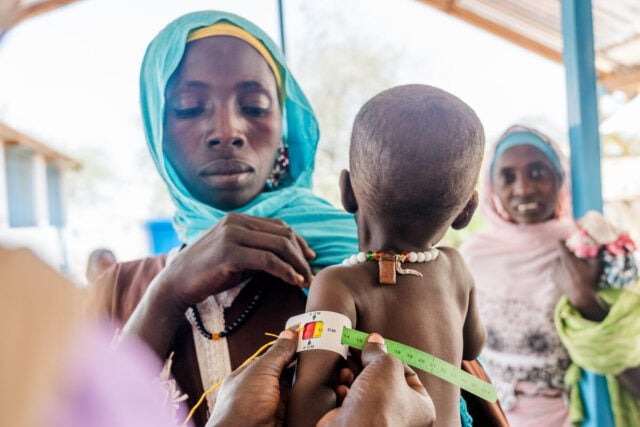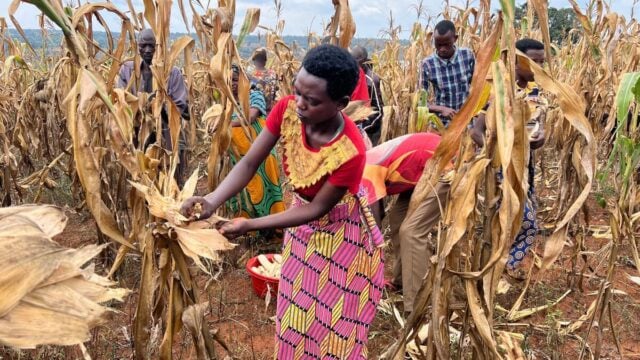Approximately 2.3 million children died in 2011 from nutrition-related causes, according to the Nutrition Barometer, a report created by World Vision and Save the Children to encourage urgent action for undernourished children around the world.
High-level talks at the United Nations General Assembly provided momentum for key initiatives — put in place since 2010 — that could improve nutrition for more than 60 million children.
“Never before have so many leaders, from so many countries and fields, agreed to work together to improve nutrition,” says U.N. Secretary-General Ban Ki-Moon.
However, increased efforts by the world’s poorest countries and support from developed nations have not necessarily translated into tangible progress.
A tool for accountability
To address this, the Nutrition Barometer report highlights a variety of indicators that measure the political, legal, and financial commitments of 36 developing countries to assess how well they are tackling the issue of malnutrition.
The 36 countries are home to 90% of the world’s malnourished children.
Countries demonstrating the strongest commitment to combat child malnutrition are:
- Ethiopia*
- Guatemala*
- Malawi*
- Peru*
- Tanzania*
- Burkina Faso
- Burundi*
- Madagascar
- Nepal*
Meanwhile, countries with the weakest commitment to ending child malnutrition are:
- Angola*
- Cameroon
- Democratic Republic of Congo*
- Cote d’Ivoire
- India*
- Myanmar*
- Philippines*
- Sudan*
- Yemen
*Indicates countries where World Vision is working to fight poverty.
Good governance critical to fighting malnutrition
Despite experiencing strong economic growth in the past few years, the Indian government continues to invest little in health and nutrition initiatives; 42% of Indian children are underweight. That’s almost double the rate in Sub-Saharan Africa.
In contrast, government leaders in Peru have demonstrated their political will to create policy and invest significant resources to reducing child undernourishment, according to the report.
“It’s proven that good governance is crucial to address child malnutrition,” says World Vision International President Kevin Jenkins.
“This demands not just political promises, but also strong nutrition strategies backed by sustained, long-term investments, in order for every child to have the best start to life.”
The report accompanying the barometer says 2012 has been a critical year for action on nutrition, including a historic summit to tackle the issue ahead of the closing ceremony of the London Olympics.
The summit set out measures that could reduce the number of stunted children by 25 million before the 2016 Olympic Games.
Two ways you can help
- Please pray for children who needlessly suffer from malnutrition around the world. Pray that individual countries and the international community would have the collective will to address this crisis.
- Give to help provide life-saving food and care to hungry children. Your donation will help deliver critical interventions like nutritious food, clean water, agricultural support, nutritional training, medical care, and more to areas of greatest need.


